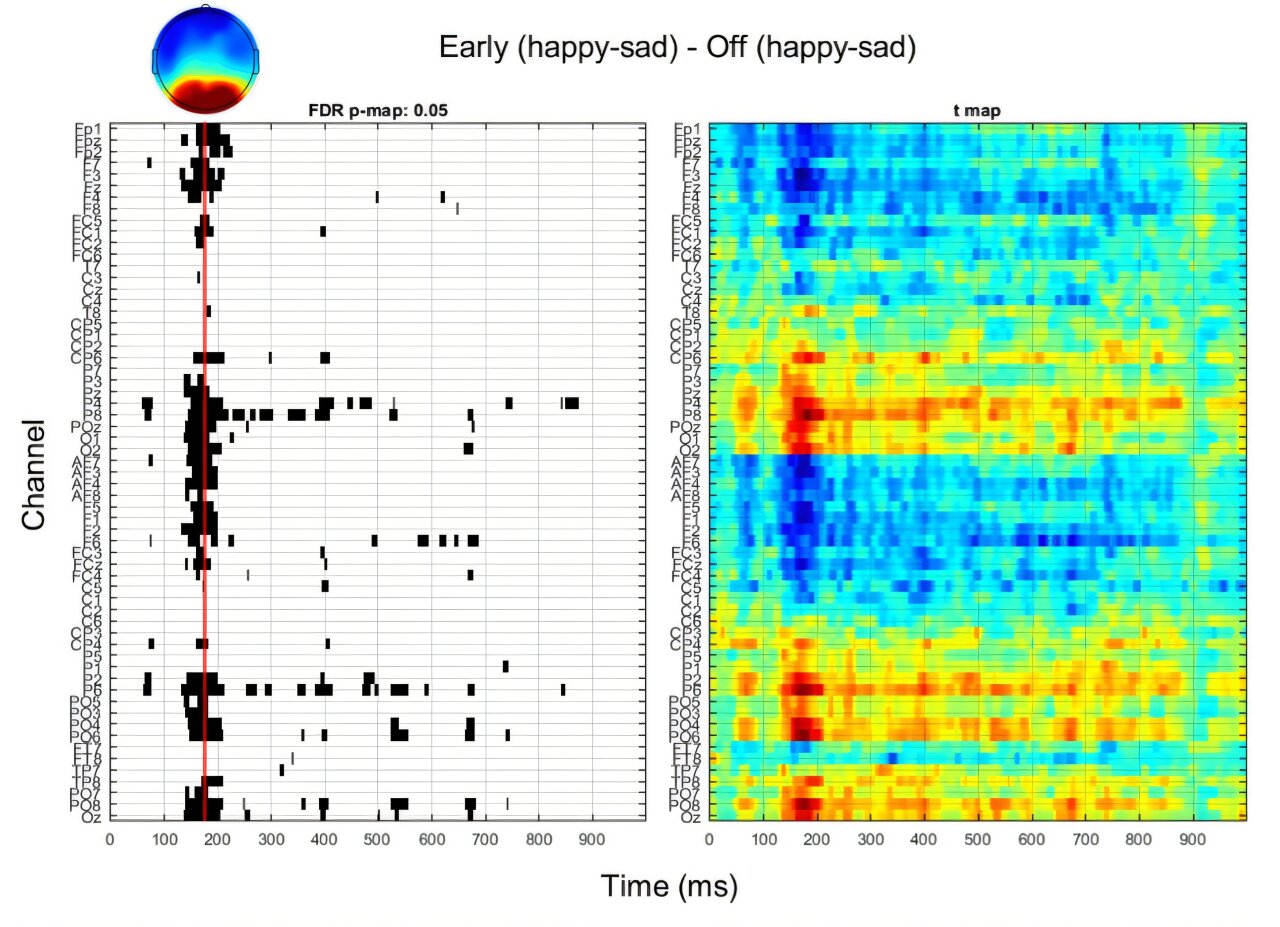Understanding the Role of Facial Feedback in Emotion Perception
Research in psychology has long highlighted the significant role that the human body, especially facial muscles, plays in processing and interpreting emotions. One key aspect of this is the unconscious mimicry of others’ facial expressions, which helps individuals better understand and relate to the emotions being displayed. This phenomenon, known as “facial feedback,” suggests that the signals sent from facial muscles to the brain influence how we perceive and interpret emotions.
Despite these insights, there remains a lack of clarity regarding how facial feedback contributes to emotion recognition and how this process unfolds over time. To address this gap, researchers at the University of Essex conducted a study to explore the effects of facial feedback on the perception of emotions during different stages of visual processing. Their findings, published in Communications Psychology, offer new perspectives on the complex relationship between facial movements and emotional interpretation.
The Use of fNMES in Studying Facial Feedback
The study employed a technique called facial neuromuscular electrical stimulation (fNMES), which allows for precise control over the activation of specific facial muscles. This method provides researchers with a more accurate way to investigate the role of facial feedback in emotional processing compared to traditional approaches.
Dr. Joshua Baker, the first author of the paper, explained that fNMES offers unique advantages by enabling scientists to stimulate specific muscles at controlled times and intensities. By integrating fNMES with electroencephalography (EEG), which measures brain activity, the researchers were able to observe how facial muscle stimulation affects both emotional perception and neural responses.
Key Findings from the Study
During the experiments, participants were shown images of ambiguous facial expressions—faces that were slightly happy, slightly sad, or neutral. The researchers then applied fNMES to either the Zygomaticus Major muscles (associated with smiling) or the Depressor Anguli Oris muscles (linked to frowning).
Results showed that stimulating the Zygomaticus Major muscles led participants to report feeling happier and to categorize ambiguous faces as more likely to be happy. Conversely, stimulating the Depressor Anguli Oris muscles had the opposite effect. These findings support the idea that facial feedback significantly influences how people interpret emotions.
Moreover, the timing of the stimulation played a crucial role. The researchers found that applying fNMES during early visual processing affected the N170 event-related potential (ERP), a neural marker associated with face processing. This suggests that facial feedback can alter the brain’s response to emotional stimuli, potentially reducing the cognitive load required to interpret ambiguous expressions.
Implications for Emotion Recognition
The study highlights the importance of considering both visual input and bodily feedback when understanding emotion perception. Dr. Baker emphasized that recognizing emotions involves a multi-sensory process where the brain integrates information from the eyes and the facial muscles. This interplay between the visual system and facial feedback may explain why certain emotional cues are interpreted differently under varying conditions.
The implications of this research extend beyond basic psychology. The techniques used in the study could be valuable in exploring mood disorders such as depression, where deficits in emotional and facial perception are often observed. If facial feedback can ease the cognitive burden of interpreting emotions, methods like fNMES might one day be used to support more efficient emotional processing in clinical settings.
Future Directions and Research Opportunities
Looking ahead, the researchers plan to refine their experimental methods by targeting multiple facial muscles simultaneously. This could allow for more dynamic and realistic facial expressions, offering deeper insights into how these expressions influence emotional perception. They also aim to explore other emotions, such as disgust, and combine fNMES with advanced neuroimaging techniques like fMRI and TMS to further uncover the brain mechanisms involved in facial feedback.
Ultimately, the study opens up exciting possibilities for future research. By understanding how facial feedback shapes emotional interpretation, scientists may develop more targeted interventions for individuals struggling with emotional recognition and processing. As the field continues to evolve, the integration of body-based feedback with traditional visual analysis promises to enhance our understanding of human emotion in profound ways.







